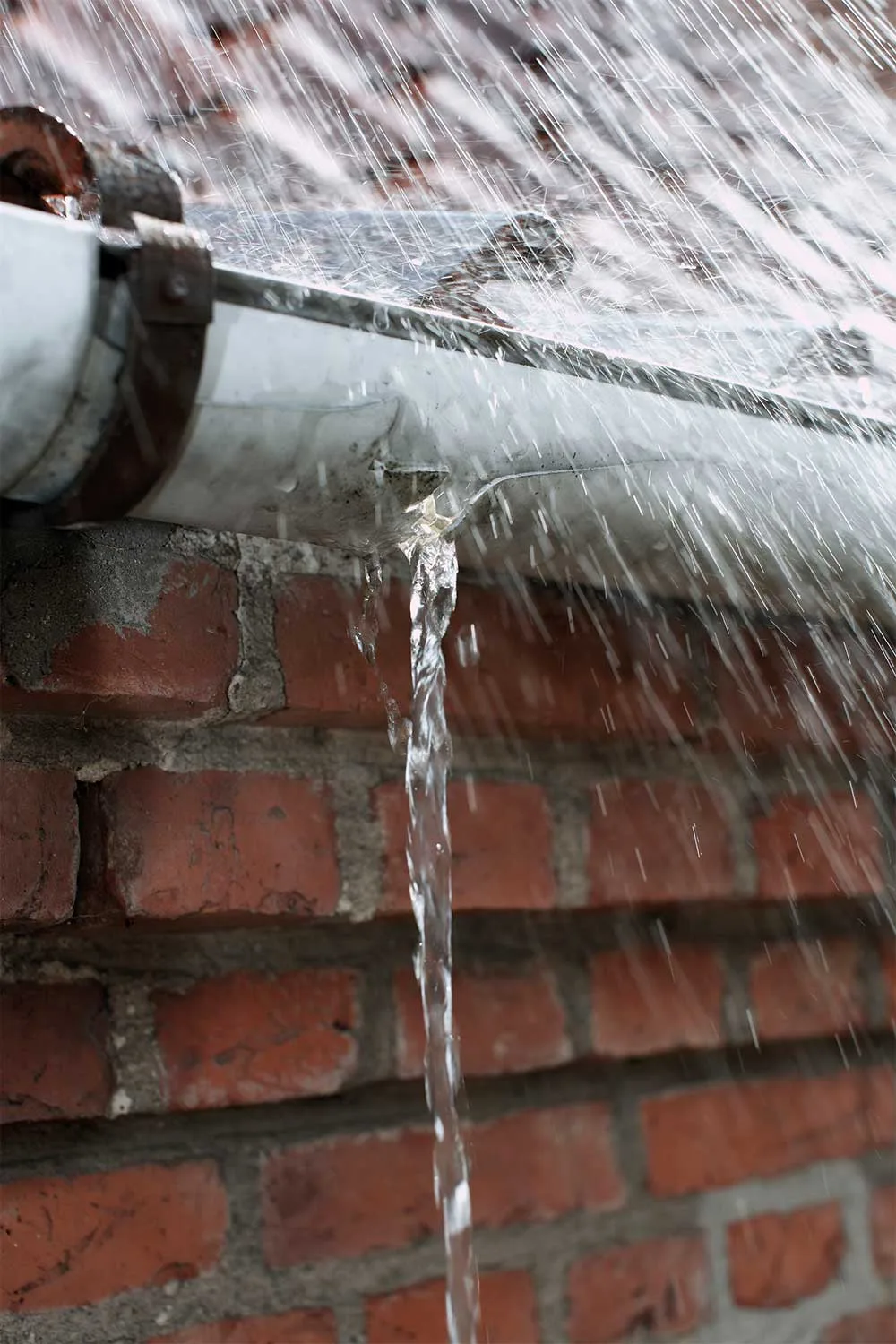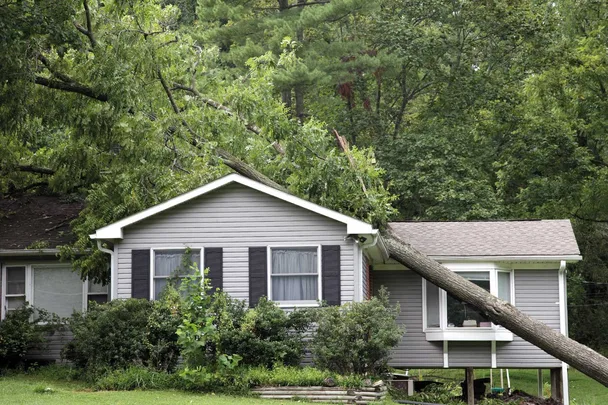Year-round maintenance in specific areas of roofing, gutters and the surrounding landscape environment will keep your home safe from the ravages of seasonal storms.
Connect with trusted tradies. Receive instant quotes for your next job with hipages.

With the extremes in weather patterns all around Australia, emergency services and tradespeople are facing countless callouts from homeowners in distress.
Tropical weather patterns and isolated storms hitting the east coast bring torrential rain and high winds, resulting in rising water levels and damage to roofs and houses, sparking increased calls to on-demand tradie platforms such as hipages. Storm-related requests such as roof repair, debris removal, guttering cleaning and repair are among the services required to stem the tide of damage to homes.
With roof damage tending to be the most common form of storm damage experienced by homeowners in such severe weather conditions, we spoke to Sydney-based Jonathan Hayes of Tailored Construction Group to learn how to batten down the hatches ahead of time to avoid serious damage to your home.

What causes roof damage in a storm?
“In a storm roof damage is most common typically caused by falling debris including tree branches or clutter in gutters resulting in external, and in some cases internal damage to your home,” says Jonathan.
How do you avoid roof damage in a storm?
“Your roof is one of the most vulnerable areas in a storm so you need to keep yours well-maintained,” Jonathan advises.
Things you can do to minimise the damage to your roof during a storm include:
- Ensuring there is no pre-existing damage to your roof like loose tiles or sheets. If there’s any physical damage, repair this as soon as you can. If your roof is in poor condition it’s much more likely to succumb to the ravages of a storm.
- Checking the trees around your home and trimming back branches that are close to your property is important. Also, if possible, remove any trees that pose a danger.
- Make sure that your gutters and drainpipes are clear as this is essential to drain the torrents of stormwater away before they can flood your home.
“If your gutter becomes clogged with leaves and debris the water will back up and can potentially enter your roof causing further damage.”
Jonathan Hayes, Tailored Construction Group
How do you find the source of roof leaks?
“If you have a leak in your roof it’s important to fix it immediately – small leaks can lead to big problems including mould, rotted framing and destroyed insulation,” says Jonathan. “Looking for a leak is not a DIY job! Instead, you should call on a licensed builder to assess the source of the leak and any other related damage.”
How to stop windows rattling
Older homes are more likely to suffer from rattling windows, says Jonathan. “As windows age the rubber between the glass and frame will wear away allowing movement in the window, resulting in the rattling noise you hear whenever there’s a strong gust of wind. You can silence your windows using a self-adhesive window tape, specifically designed to keep out drafts and breezes. If issues with your windows persist, it could be a sign that your windows are due for replacement.”
How often should you replace guttering on your house?
“The longevity of your gutters is dependent on the level of maintenance,” says Jonathan. “With regular cleaning your gutters should last up to forty years though if ignored, may only make it to ten.”
“Gutter cleaning should happen twice a year at a minimum, especially prior to any expected storms.”
Jonathan Hayes, Tailored Construction Group

“Gutters are essential as they protect your house from leaks but when a storm hits they can take a beating,” says Jonathan. “Before a storm hits, check your gutters and clear them of any debris or obstructions to avoid water overflowing into the eaves of your roofing.”
 Getty images
Getty images









